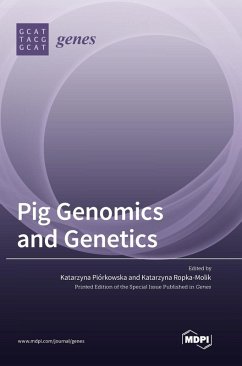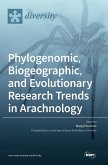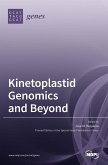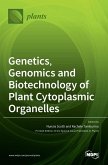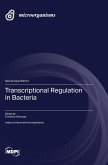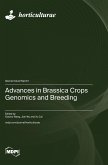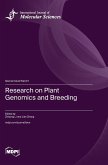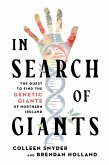In this Special Issue, we present the state of the art in the field of pig genetics and genomics, including the identification of gene candidates linked to important pig traits and to nutritional modifications, with the aim of collecting the most recent advances. The published manuscripts focused on high-throughput methodologies, such as RNA sequencing, ATAC-seq, MACE-seq, chip-seq, and RRBS, and covered other fields of pig genetics. The pig (Sus scrofa) is the most common large mammal in the world. The Sus genus includes domestic pig and wild boar. Since the draft reference genome sequence of S. scrofa was assembled in 2012, the processes of identification of genes related to important phenotypic traits and of search of genetic markers for pig selection have been significantly refined. In addition, the newest wide-range high-throughput techniques, including microarrays, next-generation sequencing, and the recent PacBio sequencing platform providing ultra-long sequencing reads, allow identifying gene mutations and gene candidates throughout the whole genome, transcriptome, or epigenome and estimating quantitative traits important for breeding as well as the genetic backgrounds of inherited diseases.
Hinweis: Dieser Artikel kann nur an eine deutsche Lieferadresse ausgeliefert werden.
Hinweis: Dieser Artikel kann nur an eine deutsche Lieferadresse ausgeliefert werden.

